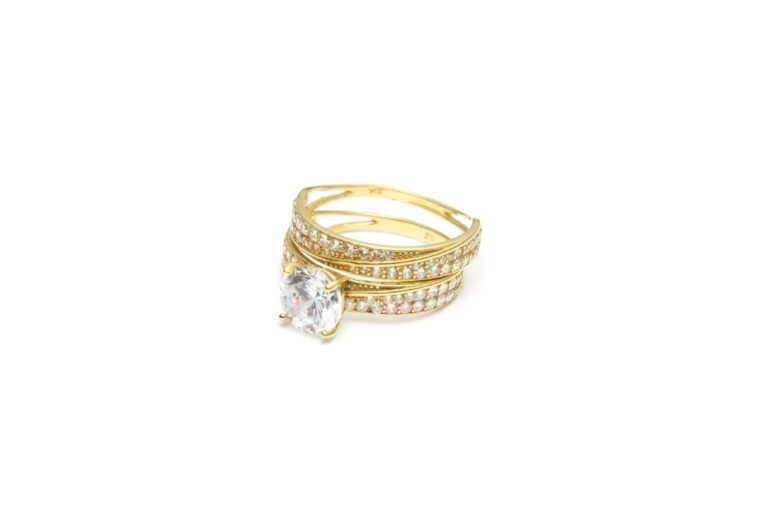Essential Tips for Maintaining Your Clothes Like a Pro
Caring for your wardrobe is an essential part of keeping your favorite pieces in good condition. Whether it’s your go-to jacket, a delicate evening gown, or everyday essentials, proper maintenance can significantly extend their lifespan. High-end garments or those made from delicate fabrics often require specialized care, which can sometimes feel overwhelming. However, with a few simple practices and expert assistance when needed, maintaining your collection can be easier and more effective. Proper care keeps everything looking its best and saves money in the long run by reducing the need for frequent replacements.
Here’s how you can care for your clothing:
Understand the Care Labels on Your Clothes
Care labels are like a guidebook for each item in your wardrobe. They provide critical information about how to wash, dry, and press different fabrics. Before tossing anything in the laundry, take a moment to check these labels. For instance, materials like silk and wool typically need extra care, while cotton and polyester are often more resilient. Following these instructions can prevent shrinkage, discoloration, and damage, ensuring your garments last longer. If you’re ever unsure, consider looking up specific care recommendations online or consulting professionals for guidance.
Professional Help for Delicate Garments
While many items can be maintained at home, some require professional expertise. Delicate fabrics like silk, cashmere, and lace often demand more than basic laundry care. A dry cleaner offers services tailored to preserving such pieces, ensuring they remain in pristine condition. Also, professionals can handle tasks like stain removal and fabric restoration that may be difficult to manage at home. Seeking expert help is especially valuable for high-quality or sentimental items that need specialized attention. This is especially true for items with intricate embellishments, which may not hold up to standard washing methods.
Wash Clothes According to Fabric Type
Different fabrics have unique needs when it comes to washing. Sorting items based on material keeps them looking fresh and prevents unnecessary damage. For example, wool sweaters should be washed gently in cold water, while sturdy denim can handle a regular cycle. Using detergents designed for specific materials, such as silk or synthetic fabrics, also ensures the cleaning process is as gentle as possible. It’s equally important to separate light and dark garments to avoid dye transfer, which can easily ruin lighter fabrics in a single wash.
Avoid Overwashing Your Clothes
Overwashing can wear out fibers and cause fading, especially in garments made from natural materials. Unless an item is visibly dirty or smells unpleasant, consider skipping a wash. Instead, try spot-cleaning minor stains or airing out lightly worn pieces to refresh them. This approach can help preserve the structure and appearance of your wardrobe staples over time. Also, many modern detergents are strong enough to clean effectively, even when used sparingly, further reducing the strain on your garments during the cleaning process.
Proper Techniques for Stain Removal
Accidents happen, and stains are inevitable. However, treating them promptly can make all the difference. For most spills, gently blot the area with a clean cloth. Avoid rubbing, as this can push the stain deeper into the fabric. For tougher stains, consider pre-treating with a stain remover or consulting a professional if the fabric is delicate. Always test any cleaning product on an inconspicuous area first to avoid unexpected damage. Acting quickly is key, as older stains are significantly harder to remove and may become permanent.
Store Your Clothes Correctly
Proper storage is crucial to maintaining the quality of your wardrobe. For delicate or structured pieces, use padded or wooden hangers to maintain their shape. Avoid overcrowding your closet, as this can cause wrinkles and creases. Fold heavier garments like sweaters to prevent them from stretching out. For long-term storage, use breathable garment bags to keep your items safe from dust and moths. Don’t use plastic covers because they can trap moisture and lead to mildew. Also, make sure your storage area is cool, dry, and clean to protect your wardrobe from environmental damage.
Protect Seasonal Clothes During Storage
Seasonal items like winter coats or summer dresses require extra care when being stored for extended periods. Clean them thoroughly before storing them to remove stains and odors that might attract pests. Use mothballs, cedar blocks, or lavender sachets to keep insects away, but ensure they don’t directly touch your garments. Vacuum-sealed bags are great for space-saving but should only be used for short-term storage to avoid compressing delicate fabrics. When bringing seasonal clothes out of storage, gently clean them or steam them to freshen them up and remove any wrinkles.
Ironing and Steaming for a Wrinkle-Free Look
Ironing and steaming are essential techniques to keep your wardrobe looking polished. Use a steamer for delicate fabrics like silk or chiffon, as it’s gentler than an iron. For heavier materials like linen or cotton, an iron can deliver crisp results. Always adjust the heat setting to match the fabric type, as using high heat on delicate items can cause irreparable damage. When ironing, use a pressing cloth to prevent direct heat from damaging the fabric. Steaming is also an excellent way to remove odors while smoothing out wrinkles.
Handle Delicate Accessories and Embellishments with Care
Clothing with embellishments like sequins, beads, or embroidery requires extra attention. Turn these items inside out before washing them to protect the decorative details. Use a mesh laundry bag or wash them by hand to reduce the risk of snagging or damage. Avoid hanging these items, as the weight of the embellishments may distort the fabric over time. Instead, store them flat in a cool, dry space. When cleaning such items, avoid rubbing or scrubbing the surface and instead blot stains gently to preserve the intricate designs.
Rotate Your Wardrobe Regularly
Rotating your wardrobe ensures that all your items are used evenly, preventing wear and tear on a few frequently worn pieces. This practice is particularly important for shoes and structured garments like blazers, which need time to retain their shape between uses. Consider organizing your wardrobe by season or occasion to make rotation easier. If certain items are not being used, assess whether they can be donated, repaired, or repurposed. Regularly rotating and reassessing your wardrobe keeps it fresh and allows you to discover pieces you might have forgotten.
Maintaining your wardrobe like a pro doesn’t have to be complicated. By following these tips, paying attention to care labels, using professional services when needed, and storing items correctly, you can extend the lifespan of your favorite pieces. Remember that a dry cleaning professional can provide expert care for delicate fabrics and garments requiring specialized attention. A well-maintained wardrobe is not just about looking good; it’s also a practical way to save money and reduce waste. Start incorporating these habits today for a collection that always looks its best.
Stay in touch to get more updates & news on The Glorious Fashion!







